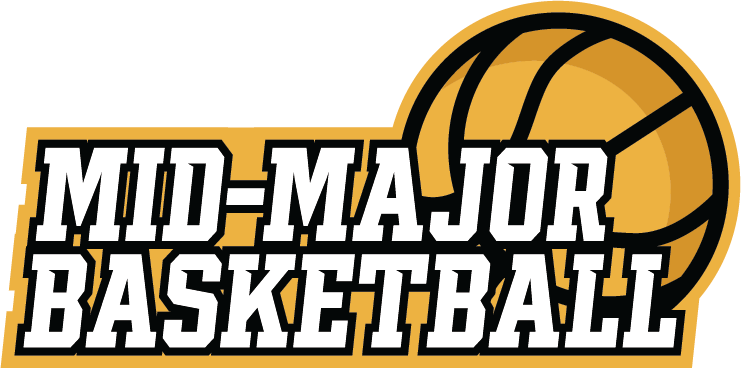As summer workouts begin, the Memphis Tigers boast one of the deepest teams in the Penny Hardaway era, bolstered by the additions of LSU guard Curtis Givens III and South Dakota State big William Whorton.
Although the roster boasts a wealth of talent, that doesn’t mean it’s flawless. Here are some of the pros and cons of the Tiger’s depth chart as it stands right now:
Pro: Quality backcourt play
One of the biggest problems that plagued last year’s Tigers team was a lack of depth at guard, which was especially apparent in the NCAA Tournament, where Tyrese Hunter and Dante Harris did not play due to injury. Clearly, this was the top priority for Hardaway in the portal because he now sits on one of the best rotations in the country at that position.
This marks a shift for Memphis, which has traditionally relied on a single standout player at the one through three spots, such as Kendric Davis, David Jones, Emoni Bates, or the recently departed PJ Haggerty, to shoulder most of the offensive load. Meanwhile, the supporting cast around that go-to player has often lacked the depth needed for a deep March run. With this year’s roster boasting more balance and talent across the board, it will be fascinating to see how the Tigers manage and maximize this level of depth.
Con: Thin in the paint
The Tigers’ biggest question mark on their roster centers around their situation down low.
Hardaway has only signed three players listed as power forwards: Ashton Hardaway, Aaron Bradshaw and Whorton. He is likely operating under the assumption that the NCAA will grant Dain Dainja a waiver to play next season. Dainja was an All-AAC first-team member last season.
If the NCAA does decide to deny the waiver request, though, how will Hardaway fill the rest of the roster spots?
Con: Potential difficulties adjusting to the offense
Memphis has always had an offense that likes to hustle and flow, regularly finishing amongst the nation’s best in pace. There may be an adjustment period early in the season for most players transferring in. Amongst all the players on the roster who played Division I basketball last season, only four of them came from teams that finished in the top half of the NCAA in pace last season.
While these kinks will likely be ironed out over the summer, the Tigers can’t afford for their offensive style to misfire early, especially with a challenging non-conference slate that features a neutral-site game against Purdue, a road game against Louisville and likely a lot more tough opponents as they look to secure an at-large bid before their conference slate begins.
Pro: Deadly Offense
One of the many benefits of a roster this deep is that any player can go off on any night and the Tigers have the depth chart to do this while maintaining elite efficiency. Out of everyone on the roster right now, seven players averaged double digits in scoring, and they all shot 40% or better from the field, except Dug McDaniel, who had a field goal percentage of 37.8.
Another trademark of a potent offense is ball movement, which Memphis also possesses in abundance. Last season, six players who are on the Tigers’ current roster finished with at least two assists per game.







